MSI GeForce RTX 2080 Duke 8G OC – Test Setup
In testing and benchmarking the MSI GeForce RTX 2080 Duke 8G OC, our test system is powered by an 8th Gen. Intel Core i7-8700K, overclocked to 5GHz. The CPU is installed on a Gigabyte Z370 Aorus Gaming 5 motherboard. Below are the rest of the system specifications:
Operating System: Windows 10 Pro 64bit
Motherboard: Gigabyte Z370 Aorus Gaming 5
Processor: Intel Core i7-8700K
CPU Cooler: Thermaltake Pacific RL360 LCS with Pacific W4 RGB CPU Block.
Memory: Crucial’s Ballistix Sport AT DDR4-3000 32GB
Graphics card: MSI GeForce RTX 2080 Duke 8G OC
Storage Drives: Kingston KC1000 NVMe SSD 480GB OS
Power Supply: Seasonic 850W Prime Titanium
Chassis: Thermaltake Core P5
When I tested the MSI RTX 2080 Duke along with the other graphics cards, I was using the GeForce driver version 411.51 for Windows 10 64bit. All games are tested in three resolutions, namely: 1920×1080 or full HD, 2560×1440 or WQHD and 3840×2160 or 4K ultra HD. For the synthetic benchmarks, I used the benchmark tools from 3DMark and Unigine 2. I also used the following games to test the graphics card: Battlefield 1, Deus Ex: Mankind Divided, Final Fantasy XV, Ghost Recon: Wildlands, Mass Effect: Andromeda, Middle Earth Shadow of War, Monster Hunter World, Shadow of the Tomb Raider, Star Wars Battlefront II and The Witcher 3 Wild Hunt.
Below are GPUz and GPGPU screenshots of the MSI GeForce RTX 2080 Duke:
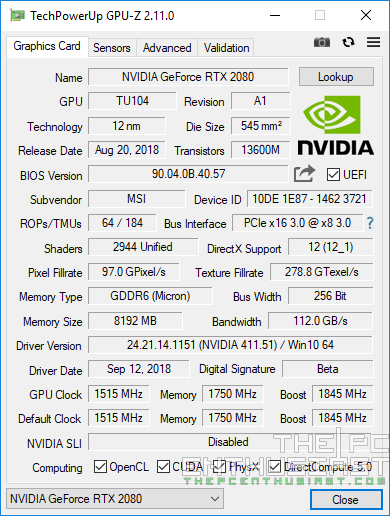

MSI GeForce RTX 2080 Duke 8G OC – Noise and Temperature
With its large heat sink and triple fan design, the MSI RTX 2080 Duke has more than the enough cooling capacity to keep the temperature of the GPU and other components in check. If you’re just watching a movie, browsing the internet or any other light to medium workload that doesn’t stress the graphics card, this is literally a dead silent card. The fans do not run at all, not until it reaches a certain temperature. The large heat sink is big enough to cool the GPU and the components passively.
I currently do not have an accurate sound meter, so I’ll try to describe how silent or loud the graphics card is instead. It’s only 2 to 3 feet away from my ears and I am using an open case (Thermaltake Core P5). So any sound it produces can be very noticeable. When it’s in idle to light load, the fans do not produce any sound since they are not running. The fans starts to spin when the temperature reaches 60°~65° degrees Celsius. Once it reaches those temperature, the fans then spin at around 60% of the fan speed or around 1700 to 1800 RPM. This is the default fan curve of the MST RTX 2080 Duke. At this speed, the fans are almost inaudible at all.
I can only hear the fans when it reached around 70% of the fan speed. Though, I can still consider it as “whisper silent”-level at this point. However at 80% the fans are very audible and the revving of the fans becomes more noticeable. At 90%-100% the fans become even louder; however, compared to the Founders Edition I find the RTX 2080 Duke to be less noisy and not obnoxious at all. On the RTX 2080 Founders Edition, at 90% and above fan speed, it sounded like a small drone is hovering near me.
Like I said earlier, the heat sink on the MSI RTX 2080 Duke is large enough to passively cool the GPU and other components. During idle to light load, where the fans do not run at all, the temperature of the GPU plays around 42° degrees Celsius only. That’s quite good actually, considering that it is passively cooled. The RTX 2080 Founders Edition’s idle to light load temperature plays around 40 degrees Celsius, but that is with the fans running at around 40% speed. Fans on the Founders Edition do not stop even when there is no GPU activity.
Temperature goes up quickly once I fired up FurMark GPU stress at 1440p resolution. The GPU load rose to 100% and the temperature went up to around 72 degrees Celsius as well. The temperature plays around 72 degrees Celsius but it never went higher; and this with the fans running at around 45% to 50% only (auto). There’s plenty of headroom left, which is quite good especially if you are considering to overclock this graphics card.
Take note though that the heat is blown sideways, and heat is not exhausted at the back or though the output ports. The heat is blown towards the motherboard and away from the motherboard. Consider this when you plan to install an M.2 SSD near the graphics card.
Now it’s time to see what the MSI GeForce RTX 2080 Duke 8G OC can do. Let’s see if it can beat a GTX 1080 Ti or if it performs faster than the RTX 2080 Founders Edition. Check out the benchmark results on the following pages.




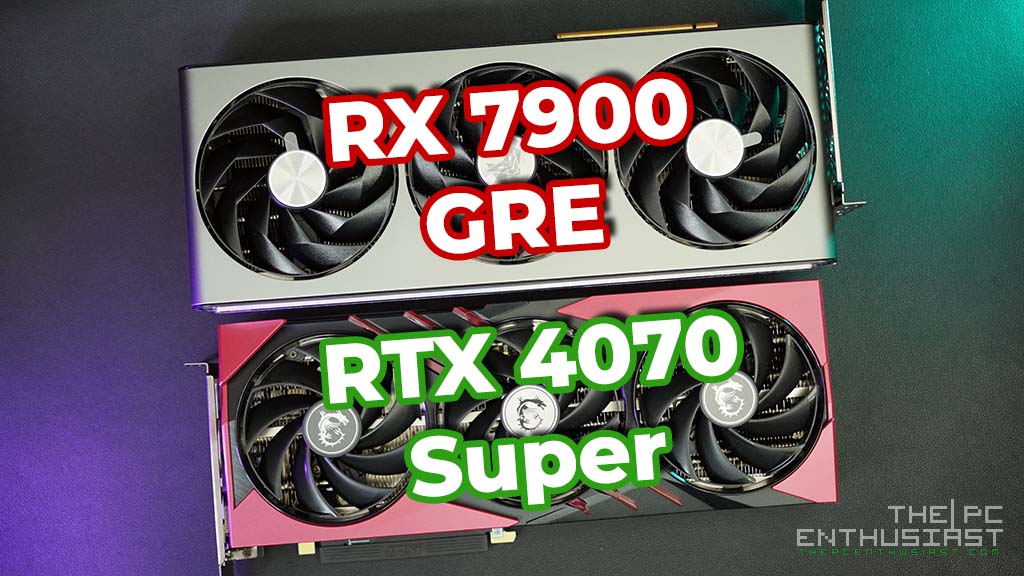
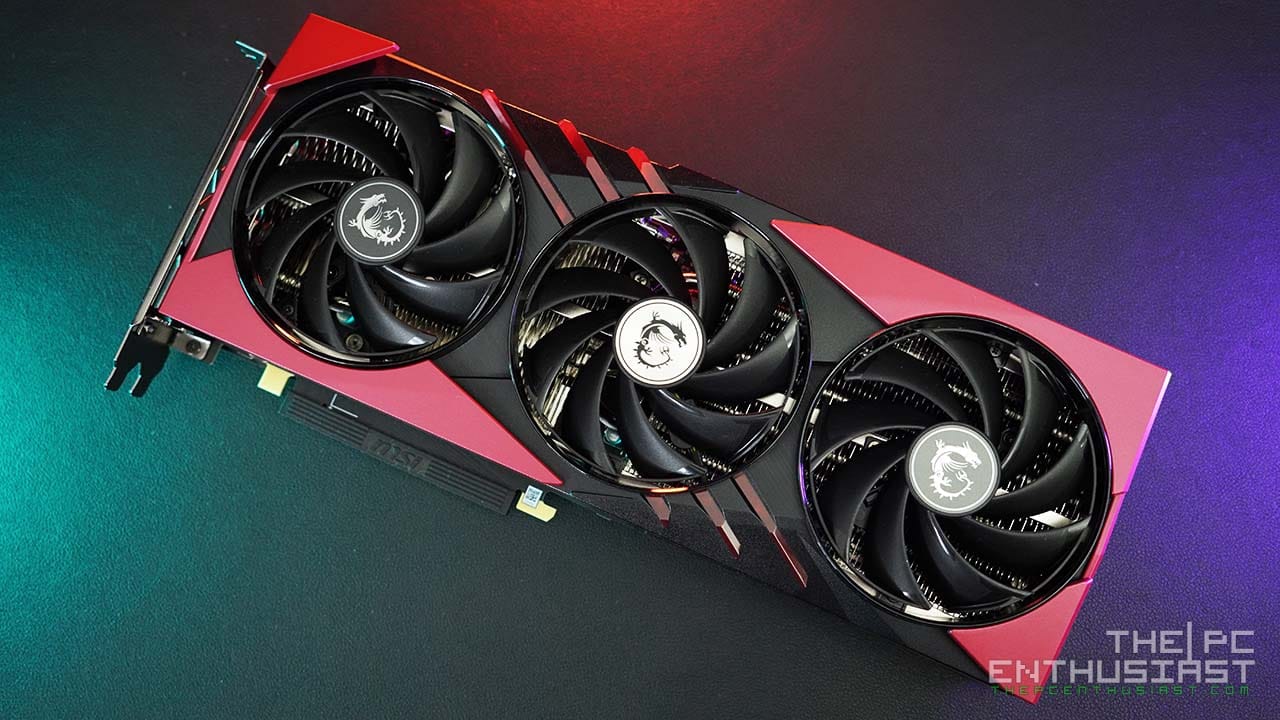
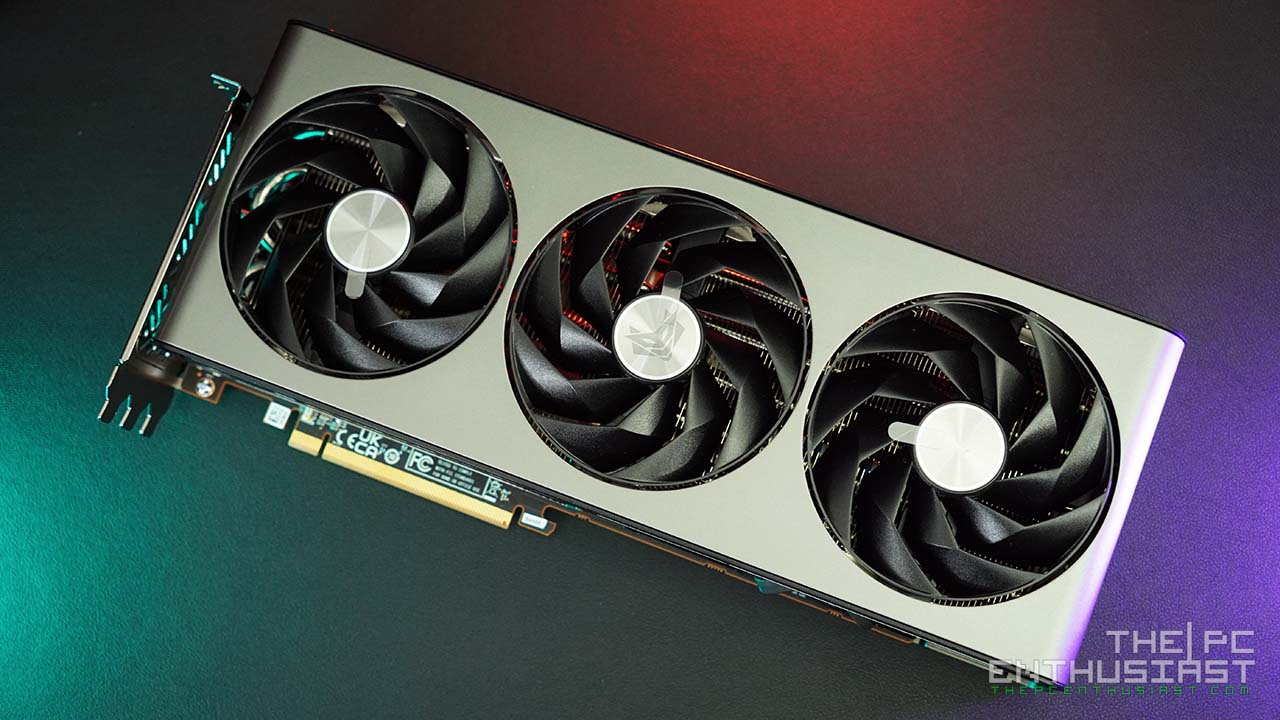


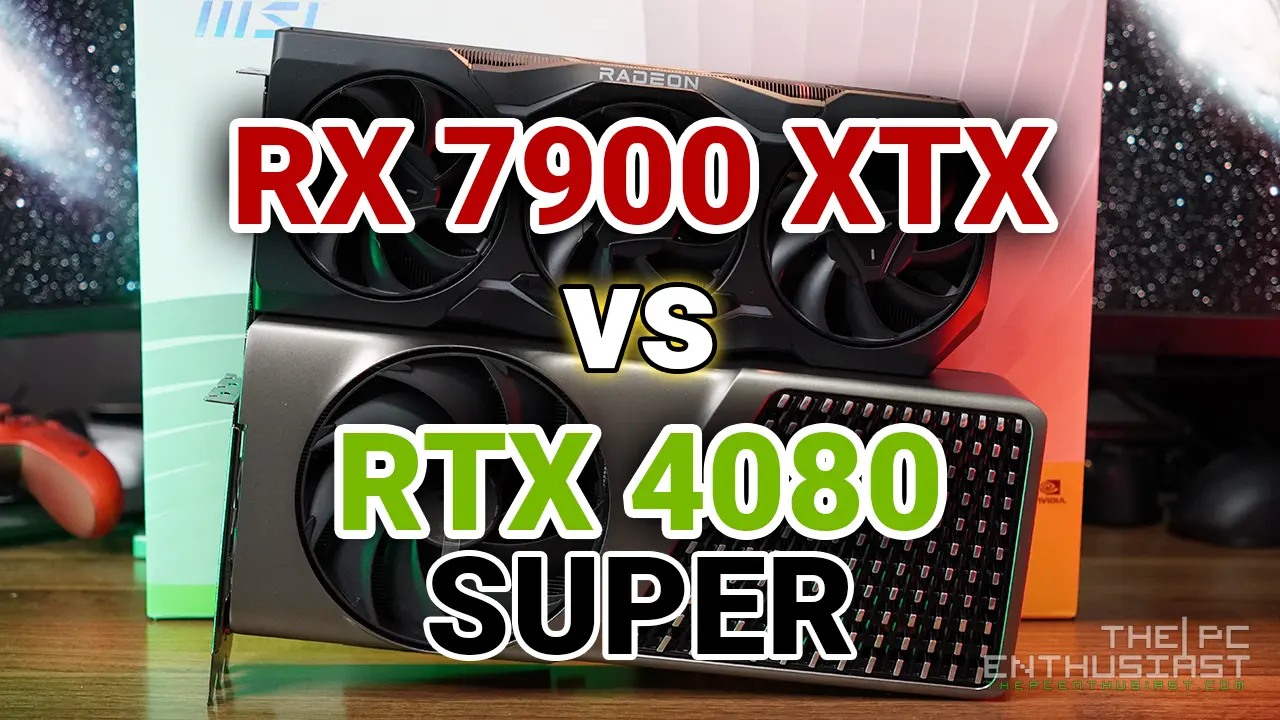

Have you heard any reports of “noise” coming from these cards? And I don’t mean just when they are under load from gaming; I mean noise while idle. There is a somewhat loud, and definitely obnoxious noise from my Duke OC, and I have no idea what would be causing it; I do know that my PC was not noisy to any extent before I got this card. The only time there would be noise would be if I ramp up the case fans’ speed using the adjuster dial on the case. But ever since I installed that Duke, from probably a week or so after I got it, it has been making this noise; I can’t describe it, either.
Are you referring to coil whine noise? Or are the noise coming from the fans themselves? We haven’t encountered this issue with out Duke OC.
I just won the 2080 duke oc, how much do you think i will get for it?
You won a 2080? That’s cool! Not sure what’s the current pricing due to the current (shortage/scalping) situation, but you can check local pricing for reference.